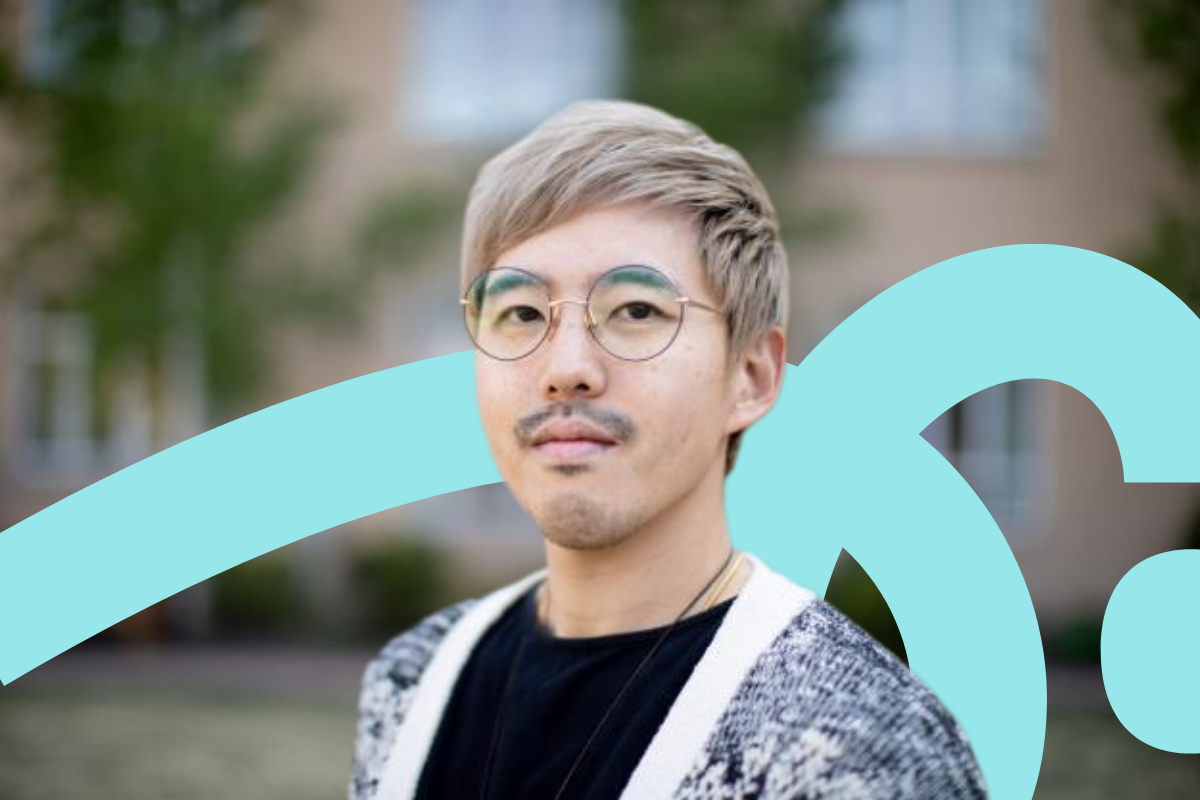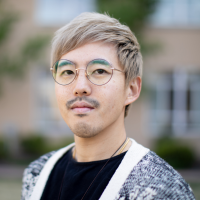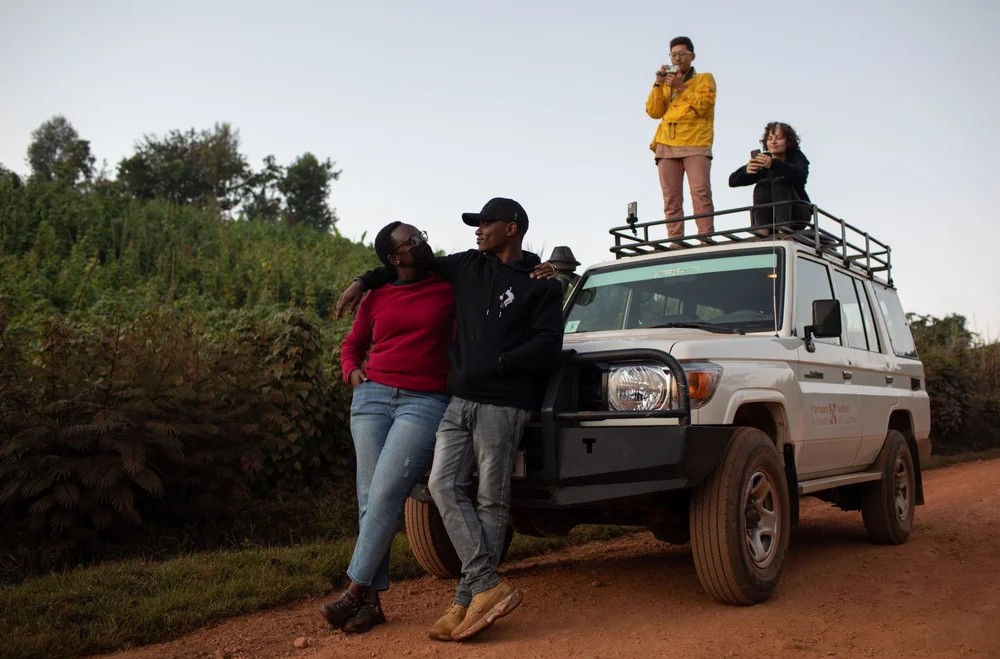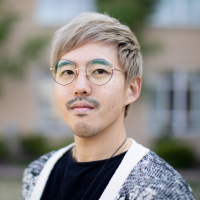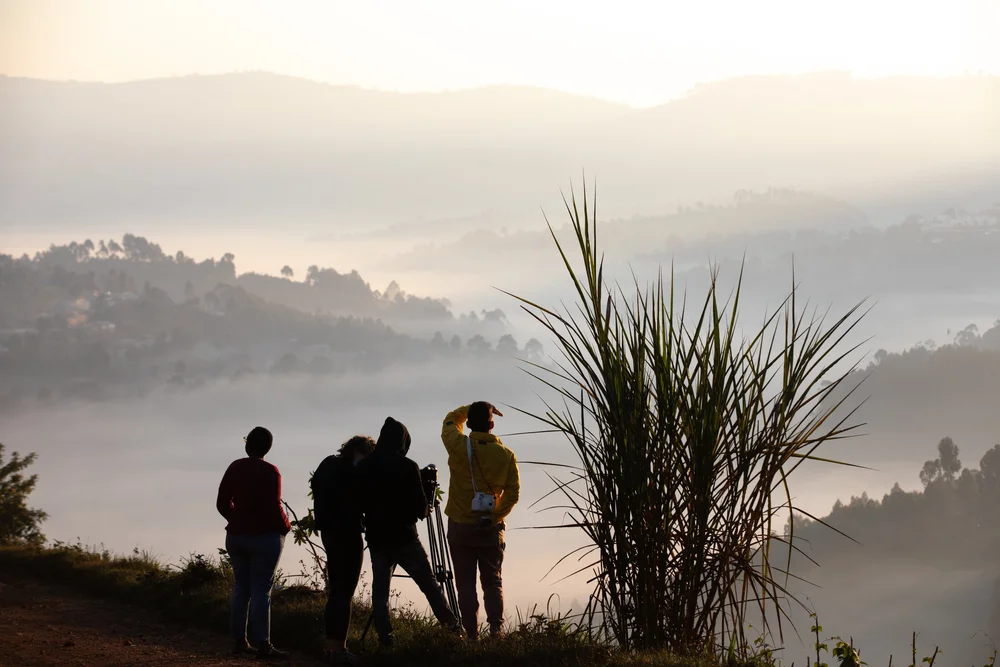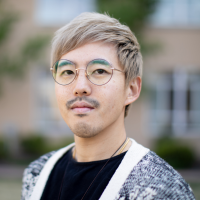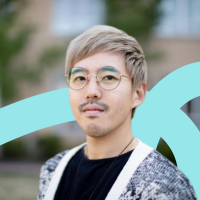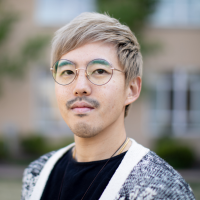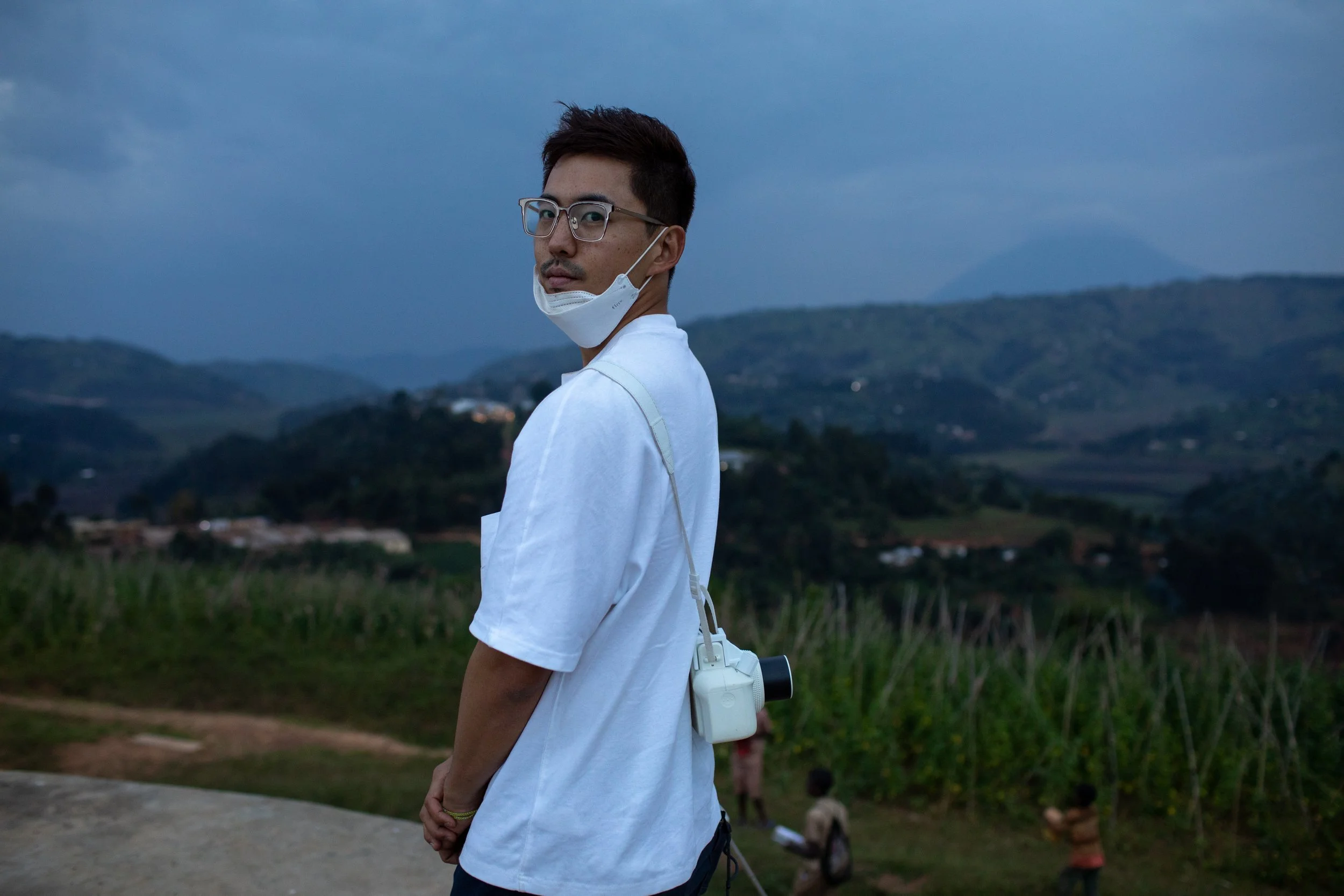Future By Design Talks with John Ra
Senior Director of Creative Services at Partners In Health, a global health and social justice organisation that provides high-quality health care globally.
We met John Ra during the height of the pandemic, when Partners In Health (PIH) had a much smaller design team. As COVID-19 spread throughout the world and borders closed, we reached out to PIH to help them as they tackled this new challenge. That has grown into an excellent working relationship and friendship. We’re pleased to introduce our friend and colleague, John.
I also had a desire to be an entrepreneur, which would have been a very different path, but eventually, were I to be successful in either path, I wanted to spend my time helping others, doing good for the world, and being a mentor so I could help others to do the same. By a fortunate referral to an open position at Partners In Health, I’ve skipped a lot of those steps.
I’m already doing what I would call the end game, where I’m able to utilise my design skill sets and interests in a way that does good for the world.
Now, a lot of our team’s efforts are trying to ensure our colleagues are onboarded properly so that our storytelling and visuals in each country are cohesive with the brand. We avoid the term headquarters for our U.S. office; instead, we call ourselves the coordination site. We’ve begun to provide the base of what the visual guideline could be or what the ethical content-gathering guideline can be. Once our global colleagues are caught up, we hope they will contribute to our new guidelines and creative systems.
I don’t try to compare our organisation to others. I just want to ensure our organisation is doing the best we can with the resources given.
Even though I feel the weight of responsibility, it’s not really a burden because I work with so many amazing individuals with such a diverse variety of talents.
The design allows clarity of highlights and information hierarchy. Aesthetics and stylistic trends come and go. But the constant remains on defining the communication goal and ensuring the audience has a good user experience absorbing the message.
Working in the health sector, you need to have an appreciation for human rights so that you can do your creative work ethically and hopefully provide the right types of visuals that match the organisations as well.
